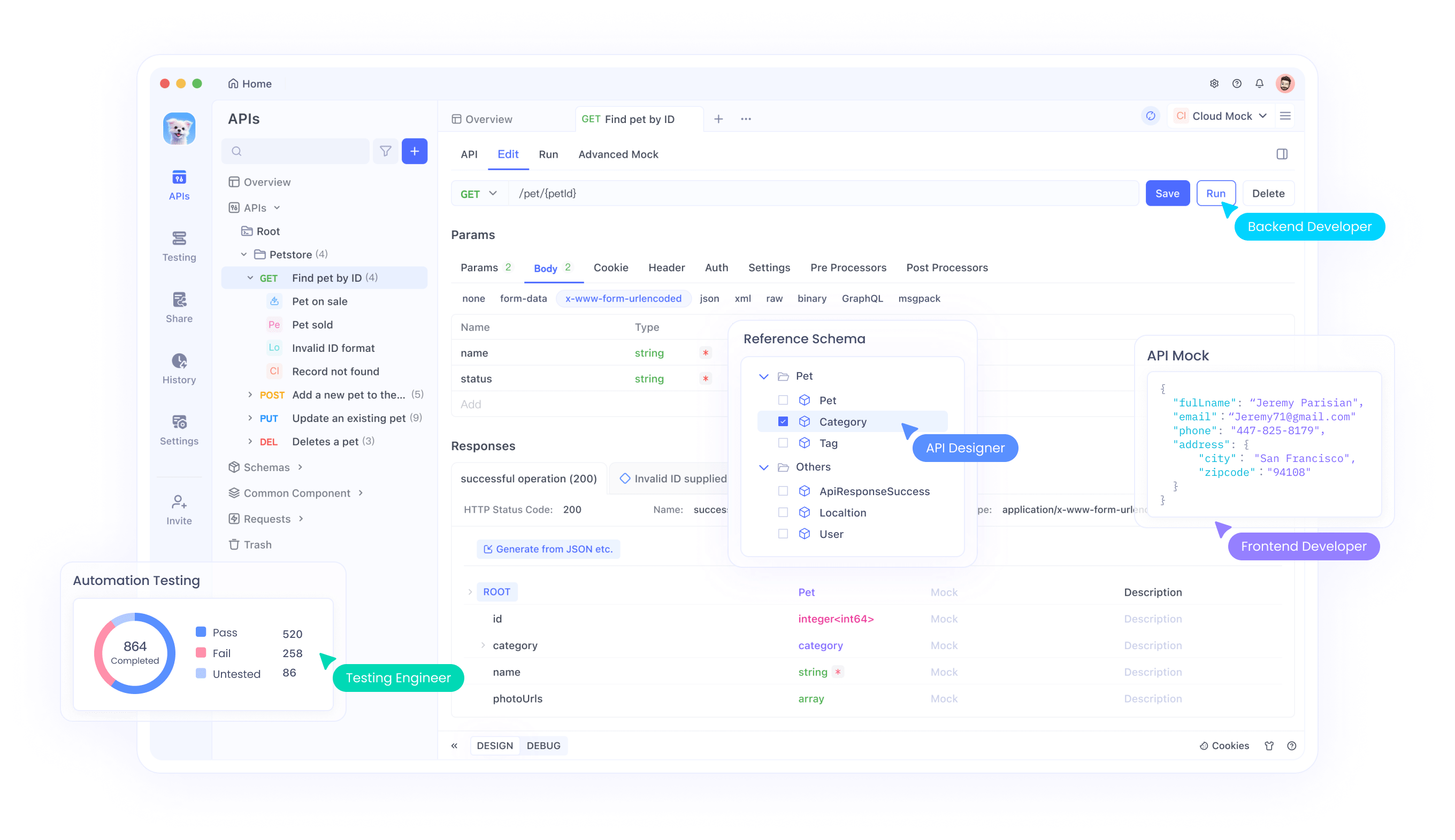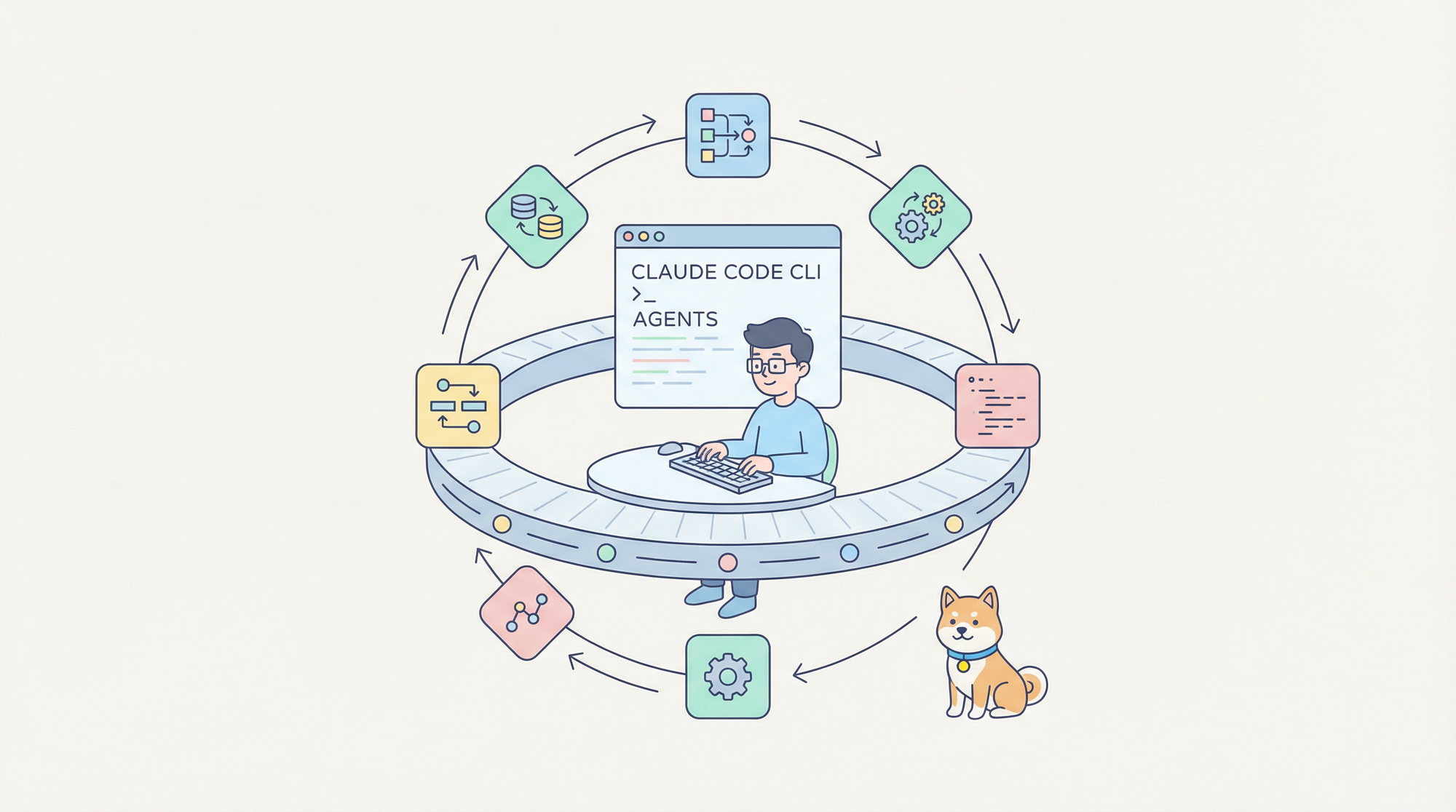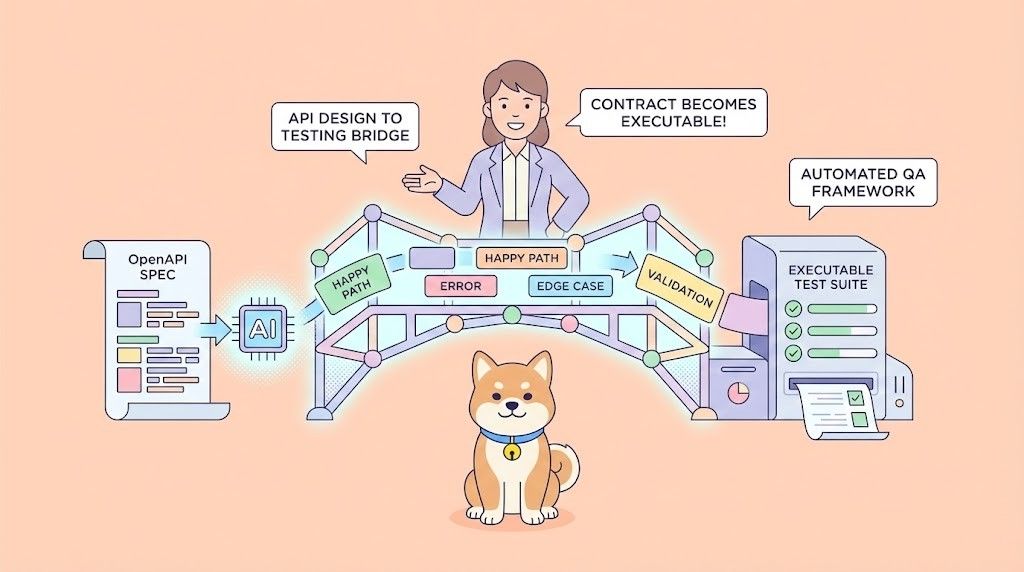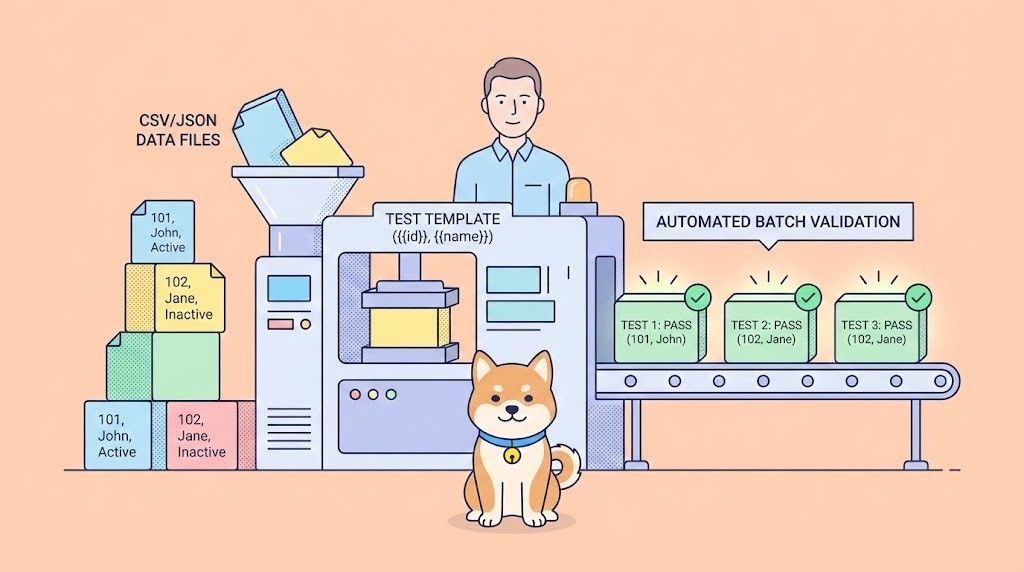Manus has unleashed a groundbreaking feature called Wide Research, poised to redefine how we tackle complex, high-volume tasks. Unlike traditional Deep Research tools, Wide Research leverages parallel processing with over 100 AI agents, offering unmatched speed and flexibility. This technical blog post explores how Manus Wide Research outperforms Deep Research, its integration potential with tools like Apidog, and why it’s a must-have for developers and researchers.
What Is Manus Wide Research? A Technical Overview
Manus Wide Research, launched on July 31, 2025, is an advanced feature of the Manus AI platform, designed to execute large-scale, parallelized tasks. Unlike conventional multi-agent systems that assign predefined roles (e.g., coder, manager), Wide Research deploys fully capable, general-purpose Manus instances as subagents. Each subagent operates independently, enabling flexible task handling without rigid templates. This architecture supports diverse applications, from analyzing 100 sneakers to ranking global MBA programs.

Moreover, Wide Research’s infrastructure runs on dedicated virtual machines, providing a personal cloud computing environment accessible via natural language. This setup ensures scalability and robustness, critical for processing high-volume data. For instance, a user can delegate a task like “compare 1000 stocks” and receive structured insights faster than sequential Deep Research methods.
Key Features of Wide Research
- Parallel Processing: Spawns 100+ subagents to work simultaneously, reducing task completion time.
- General-Purpose Agents: Each subagent is a fully featured Manus instance, capable of handling any task.
- Cloud-Based Async Operation: Tasks continue in the background, freeing users to focus elsewhere.
- Flexible Task Handling: Adapts to diverse domains without predefined constraints.
How Does Wide Research Compare to Deep Research?
Deep Research, as offered by platforms like OpenAI, focuses on sequential, in-depth analysis by a single high-capacity agent. While effective for narrowly scoped tasks, it struggles with high-volume, multifaceted projects. In contrast, Wide Research’s parallel architecture excels in such scenarios. Here’s a technical breakdown of their differences.
1. Processing Architecture
Deep Research relies on a single agent processing tasks sequentially. This approach ensures thoroughness but bottlenecks when handling large datasets. For example, analyzing 100 sneakers with Deep Research involves iterative steps, prolonging completion time. Wide Research, however, distributes the workload across numerous subagents, each tackling a subset of the task concurrently. This parallelism significantly reduces latency.
2. Scalability
Scalability is a critical factor in modern AI systems. Deep Research’s sequential nature limits its ability to scale with task complexity. Wide Research’s agent cluster collaboration technology, however, scales dynamically. By spawning dozens or hundreds of subagents, it handles tasks like “generate 50 poster designs” effortlessly. This scalability makes Wide Research ideal for enterprise-level applications.
3. Task Flexibility
Deep Research often requires structured prompts and predefined workflows, restricting its adaptability. Wide Research’s general-purpose subagents eliminate these constraints. Each agent can pivot to new tasks without redefinition, enabling creative exploration across domains. For instance, a user researching Fortune 500 companies can seamlessly shift to analyzing GenAI tools without reconfiguring the system.
4. Collaboration Mechanism
Deep Research operates as a standalone agent, lacking a protocol for agent-to-agent collaboration. Wide Research introduces a system-level mechanism for parallel processing and subagent coordination. This protocol ensures efficient task decomposition and result aggregation, enhancing output quality. While Manus has not disclosed specific collaboration algorithms, the system’s performance suggests advanced synchronization techniques.
Why Wide Research Outperforms Deep Research
Wide Research’s superiority stems from its innovative design. By leveraging parallel processing, it achieves faster results with greater variety. For example, a demo by Manus co-founder Yichao Ji showcased Wide Research comparing 100 sneakers, delivering diverse insights in minutes—a feat Deep Research would struggle to match.
Additionally, Wide Research’s asynchronous operation allows users to assign tasks and return to completed results, enhancing productivity. This is particularly valuable for researchers and developers handling time-intensive projects. Furthermore, its general-purpose agents reduce the need for specialized configurations, making it accessible to users with varying technical expertise.
However, Wide Research’s approach isn’t without trade-offs. Spawning numerous subagents increases resource consumption, potentially raising costs. Manus has not provided benchmarks comparing resource efficiency, leaving room for skepticism. Nevertheless, the system’s ability to deliver varied, high-quality outputs justifies its resource demands for most use cases.
Integrating Wide Research with Apidog for Enhanced Workflows
Apidog, a powerful API testing and documentation tool, complements Wide Research’s capabilities. Developers can use Apidog to streamline API interactions within Wide Research workflows, ensuring seamless data retrieval and integration. Here’s how they work together.
1. API-Driven Research
Wide Research often requires real-time data from external sources. Apidog’s API testing features allow developers to validate endpoints, ensuring reliable data feeds for Wide Research subagents. For instance, a user analyzing stock performance can use Apidog to test financial APIs, guaranteeing accurate data inputs.
2. Automated Documentation
Wide Research generates vast amounts of data, necessitating organized documentation. Apidog’s automated documentation tools help developers create clear, shareable API specs, facilitating collaboration among team members using Wide Research outputs. This integration enhances project transparency and efficiency.
3. Multi-Modal Task Support
Wide Research supports multi-modal inputs, including text and images. Apidog’s ability to handle diverse data formats aligns with this feature, enabling developers to incorporate visual or structured data into research tasks. For example, a user researching product designs can use Apidog to process image-based API responses, enriching Wide Research’s analysis.
By combining Wide Research’s parallel processing with Apidog’s API expertise, developers can create robust, data-driven workflows. This synergy is particularly valuable for industries like finance, e-commerce, and education, where rapid, accurate insights are critical.
Technical Architecture Behind Wide Research
Wide Research’s architecture is a marvel of modern AI engineering. At its core lies a large-scale virtualization infrastructure, optimized for high-efficiency agent execution. Each Manus instance runs on a dedicated virtual machine, ensuring isolation and performance stability. This setup contrasts with Deep Research’s reliance on shared computational resources, which can introduce latency during peak loads.
1. Agent Cluster Collaboration
The “agent cluster collaboration” technology is Wide Research’s standout feature. Subagents communicate via a proprietary protocol, decomposing tasks into subtasks and aggregating results. This process resembles distributed computing paradigms, where nodes collaborate to solve complex problems. While Manus has not open-sourced this protocol, its performance suggests robust synchronization and error-handling mechanisms.
2. Reinforcement Learning and Planning
Wide Research employs reinforcement learning for task planning and verification. Subagents dynamically adjust their strategies based on intermediate results, optimizing task execution. This adaptive behavior contrasts with Deep Research’s static workflows, which require manual prompt adjustments for course correction.
3. Multi-Modal Integration
Wide Research supports text, images, and potentially other data types, enabling comprehensive task handling. For instance, a user researching fashion trends can input text descriptions and images, which subagents process concurrently. This multi-modal capability enhances the system’s versatility, surpassing Deep Research’s text-centric approach.
Real-World Applications of Wide Research
Wide Research’s flexibility makes it applicable across industries. Here are some use cases demonstrating its potential.
1. Market Research
Businesses can use Wide Research to analyze competitors, trends, or consumer preferences. For example, a retailer researching 100 products can leverage Wide Research to gather pricing, reviews, and availability data in parallel, delivering actionable insights faster than Deep Research.
2. Academic Research
Researchers can employ Wide Research to synthesize literature across disciplines. A task like “review 100 papers on AI ethics” benefits from parallel processing, as subagents extract key findings simultaneously. Apidog can further enhance this by validating academic database APIs, ensuring reliable data access.
3. Software Development
Developers can use Wide Research to explore frameworks, libraries, or APIs. For instance, a task like “compare 50 JavaScript frameworks” can be executed with Wide Research, while Apidog validates API performance for integration. This combination accelerates development cycles.
4. Creative Exploration
Wide Research supports creative tasks like generating design drafts or content ideas. A user requesting “50 poster designs” benefits from parallel agent execution, producing diverse outputs quickly. Apidog’s documentation tools can organize these outputs for team review.
Challenges and Limitations
Despite its advantages, Wide Research faces challenges that warrant consideration.
1. Resource Intensity
Spawning 100+ subagents consumes significant computational resources, potentially increasing costs. Manus’s pricing model (e.g., $199/month for Pro users) reflects this, limiting accessibility for smaller teams.
2. Lack of Benchmarks
Manus has not provided detailed performance benchmarks comparing Wide Research to Deep Research. While demos highlight speed and variety, quantitative metrics would strengthen claims of superiority.
3. Coordination Complexity
Managing numerous subagents introduces coordination challenges. Without transparent collaboration protocols, users may encounter inconsistencies in aggregated results. Future iterations should address this to ensure reliability.
4. Beta Limitations
Wide Research is currently available only to Pro users, with a gradual rollout planned for Plus and Basic tiers. This restricted access limits widespread adoption and independent evaluation.
Future Prospects for Wide Research
Manus envisions Wide Research as part of a broader infrastructure for general-purpose AI workflows. Planned enhancements include:
- Scheduled Tasks: Automating recurring research for continuous insights.
- Omni Search: Improving intent and context understanding for precise results.
- Specialized Data Sources: Integrating domain-specific datasets for deeper analysis.
Additionally, Manus’s commitment to open-sourcing key models in 2025 could foster community-driven innovation, enhancing Wide Research’s capabilities. Apidog’s ongoing development, with features like advanced API mocking, will further complement these advancements, creating a powerful ecosystem for AI-driven research.
Why Developers Should Embrace Wide Research and Apidog
For developers, Wide Research offers a paradigm shift in task automation. Its parallel processing and general-purpose agents streamline complex workflows, from research to prototyping. Pairing it with Apidog ensures robust API interactions, making it a winning combination for modern development teams. Whether you’re analyzing market trends or building applications, this duo empowers you to work smarter, not harder.

Conclusion
Manus Wide Research redefines AI-powered insights with its parallel processing, general-purpose agents, and cloud-based operation. By outperforming Deep Research in speed, scalability, and flexibility, it sets a new benchmark for high-volume tasks. Integrating Wide Research with Apidog unlocks even greater potential, enabling seamless data workflows and enhanced productivity. As Manus continues to innovate, Wide Research promises to shape the future of autonomous AI. Embrace this technology today to stay ahead in the AI revolution.



